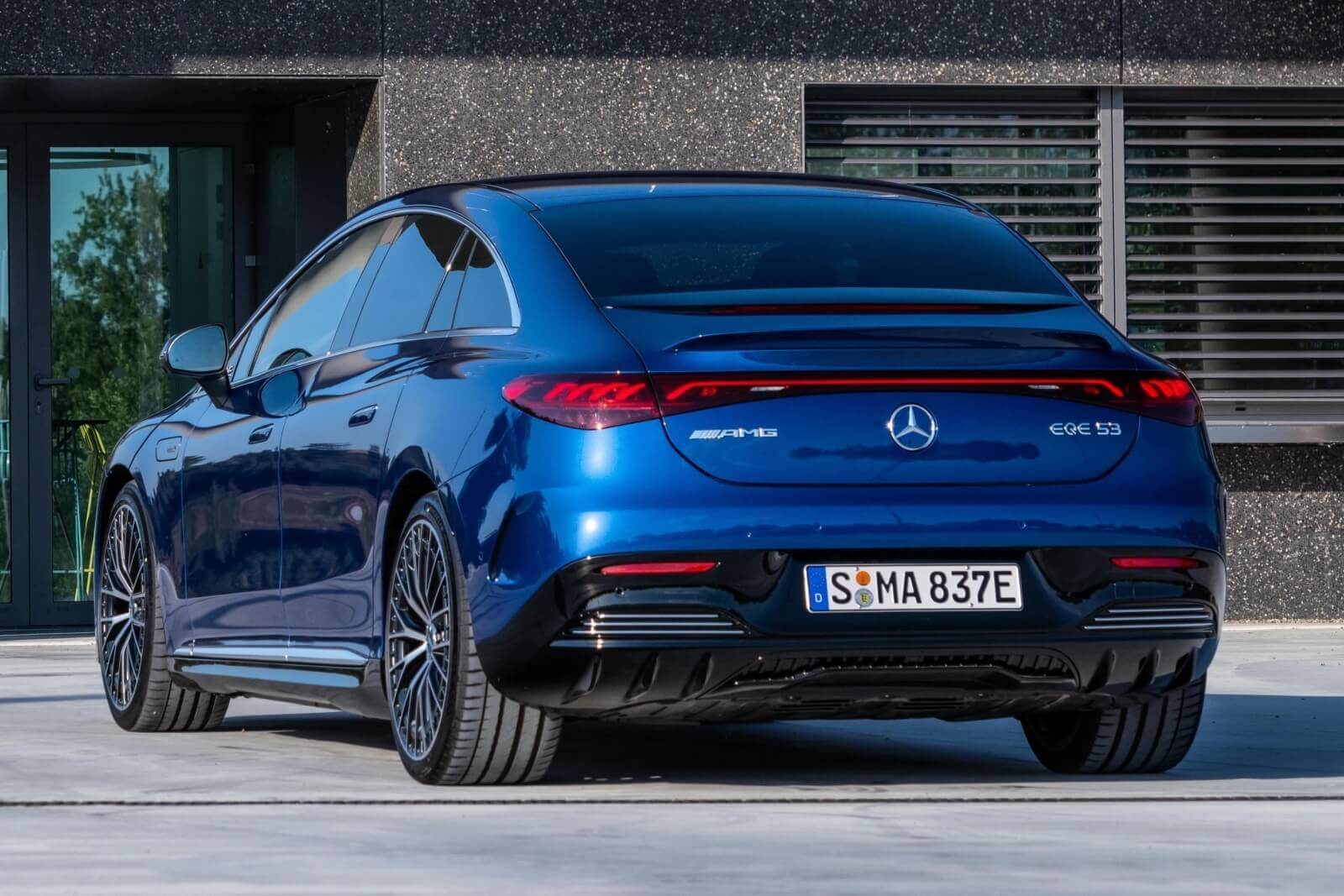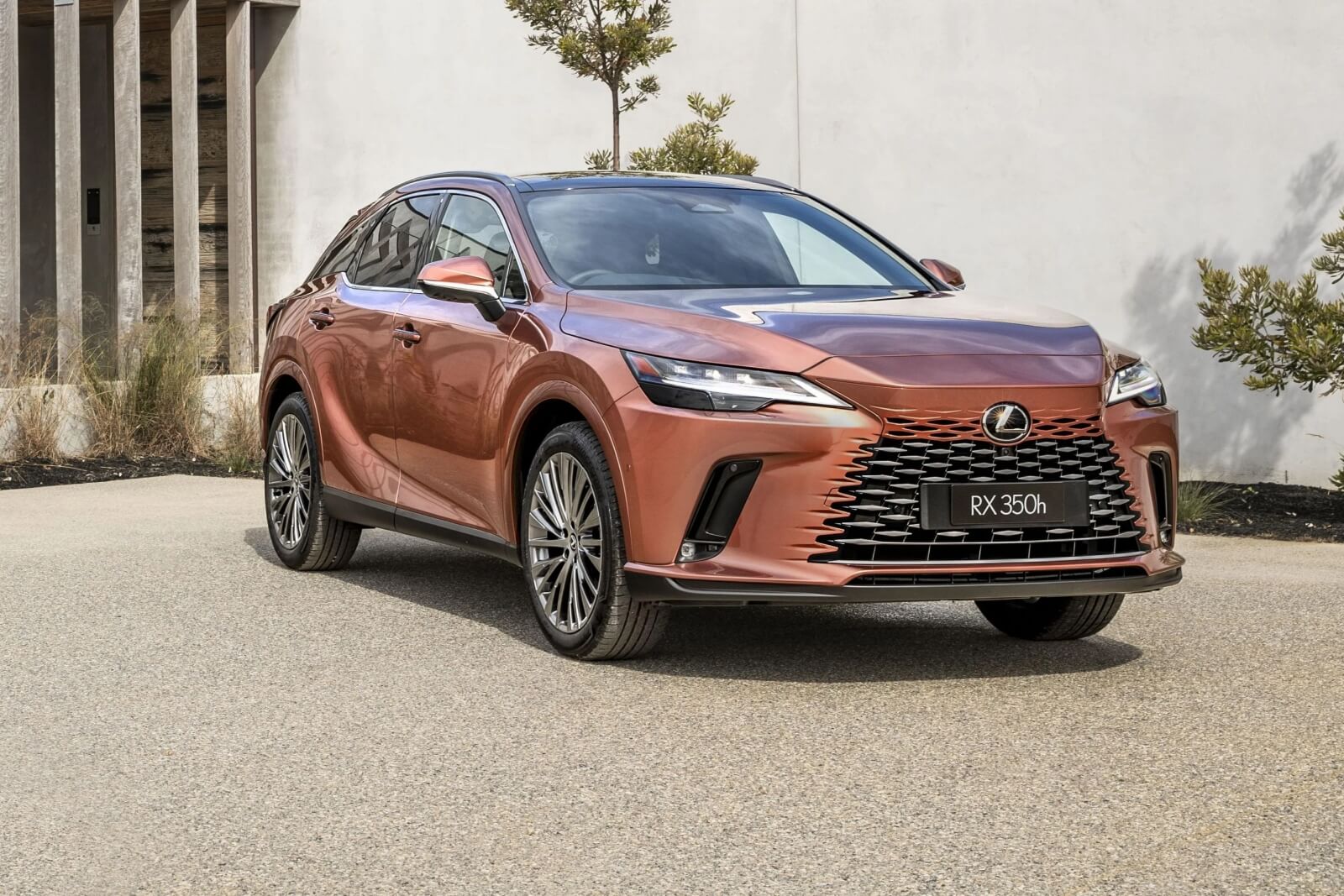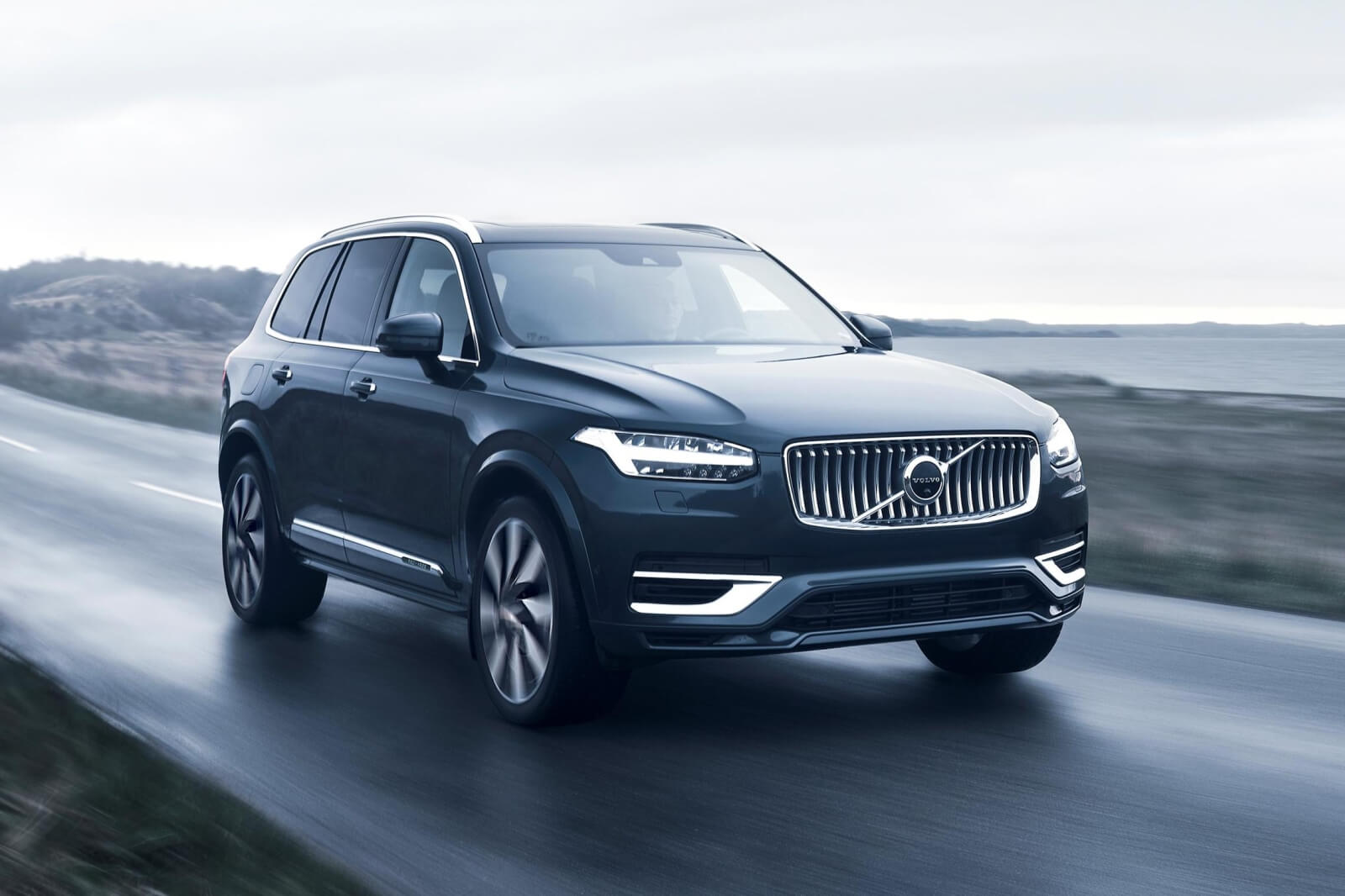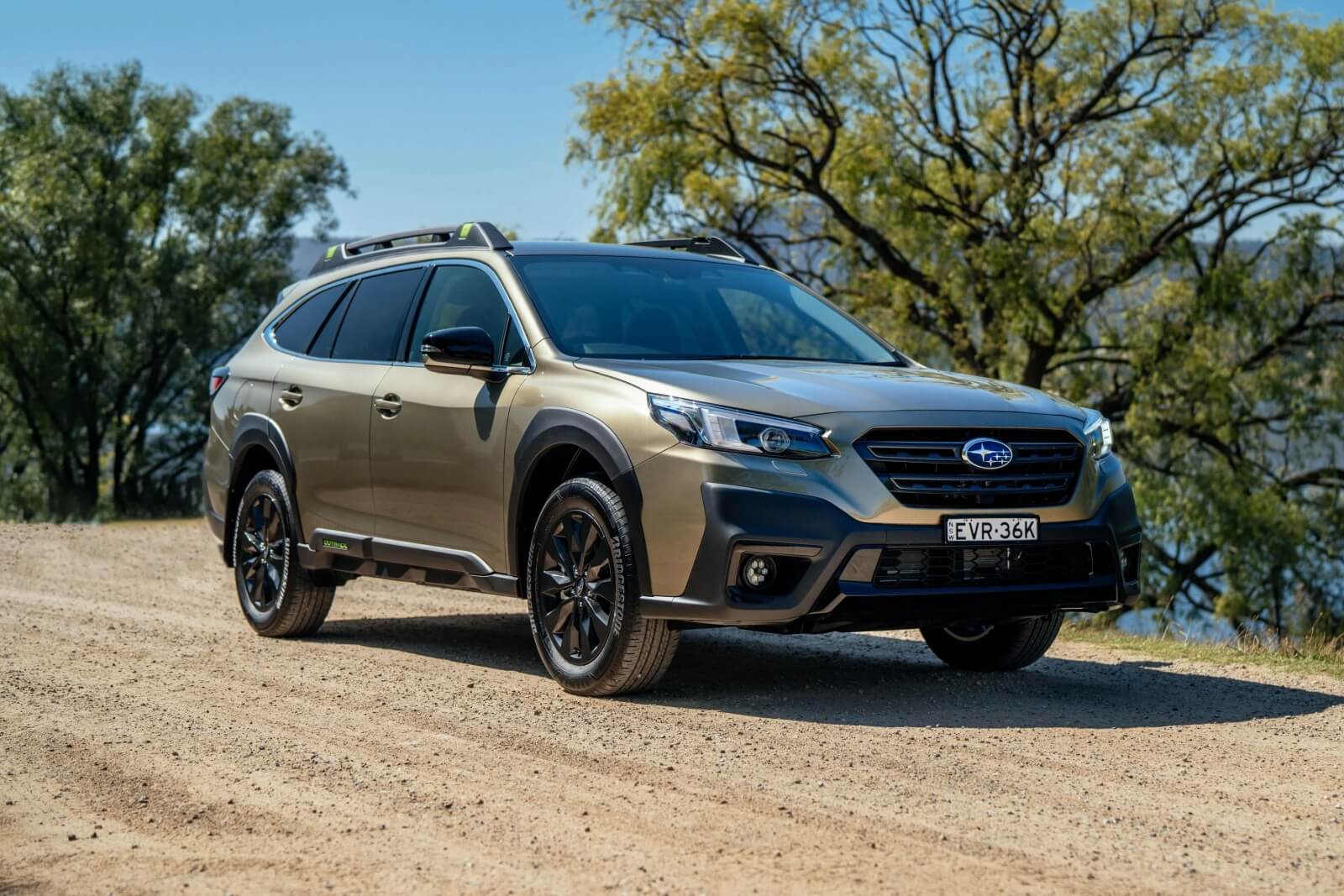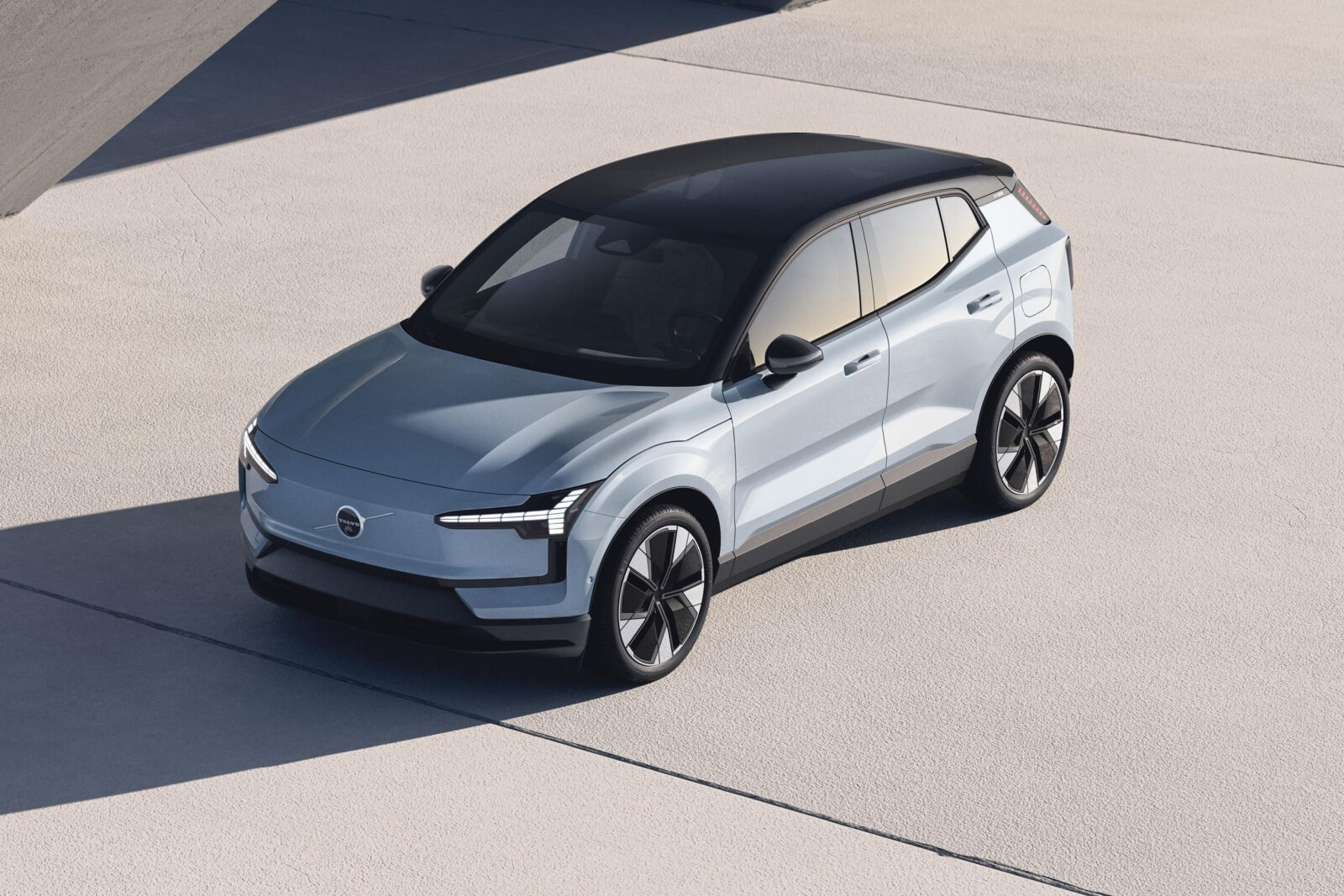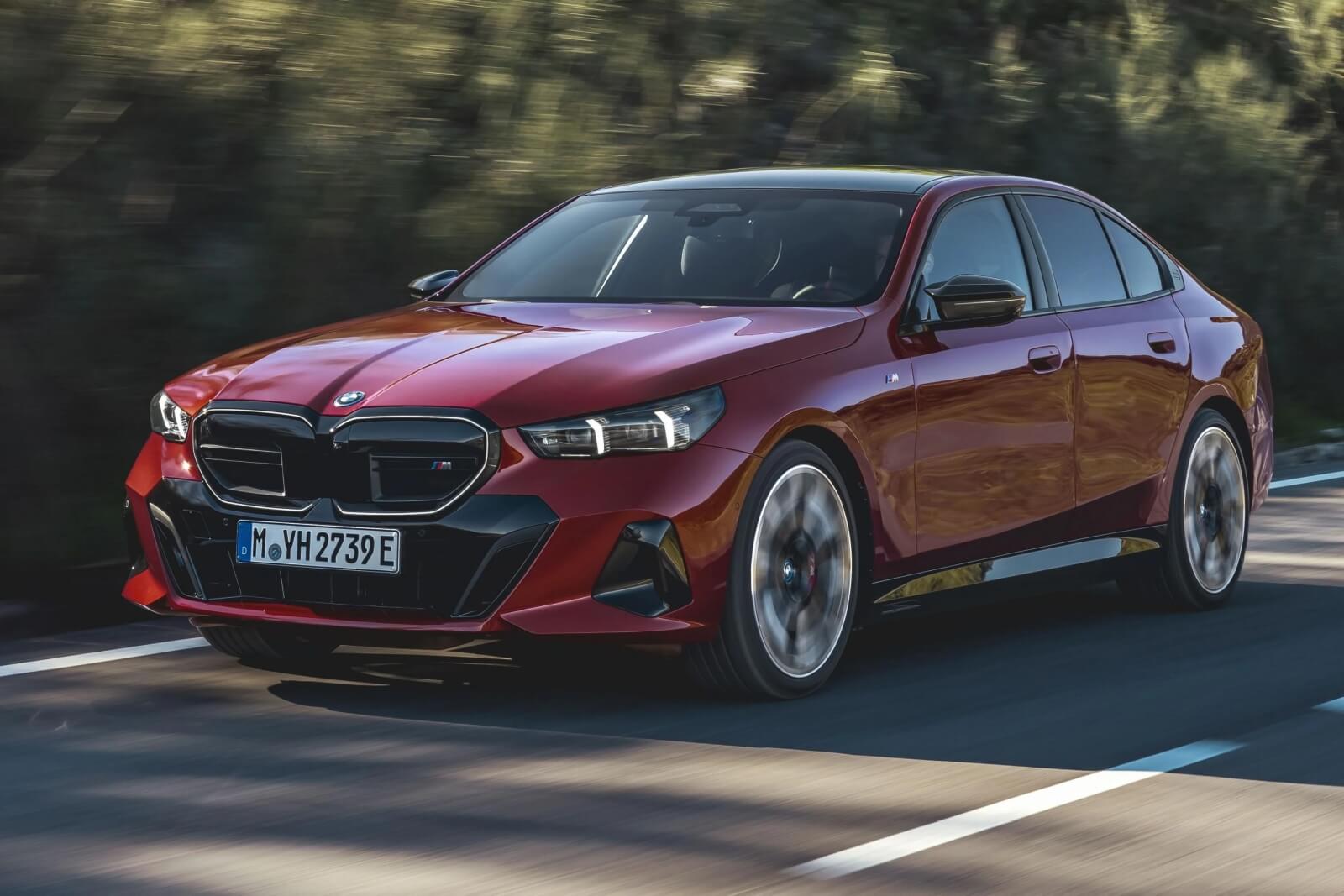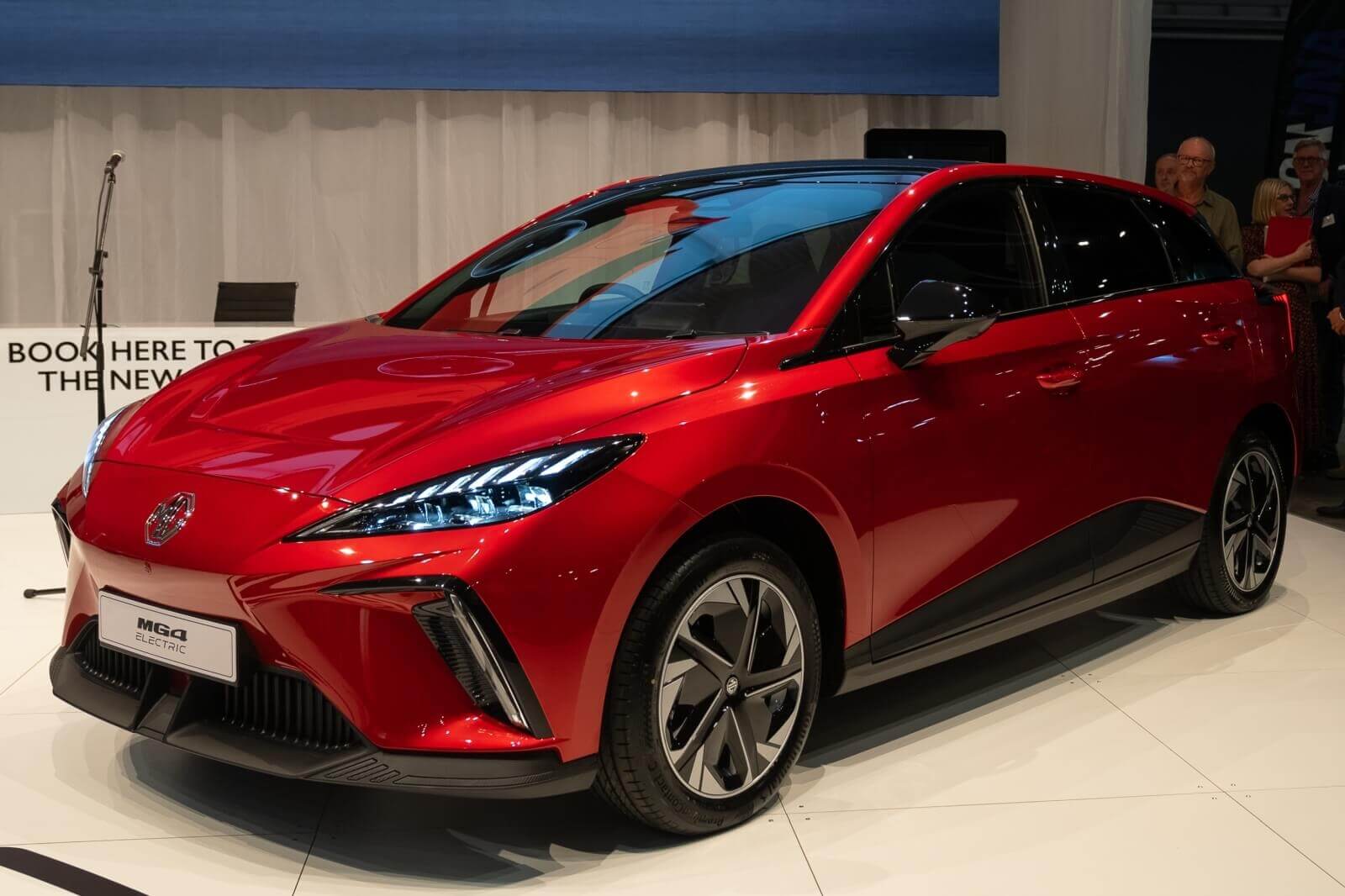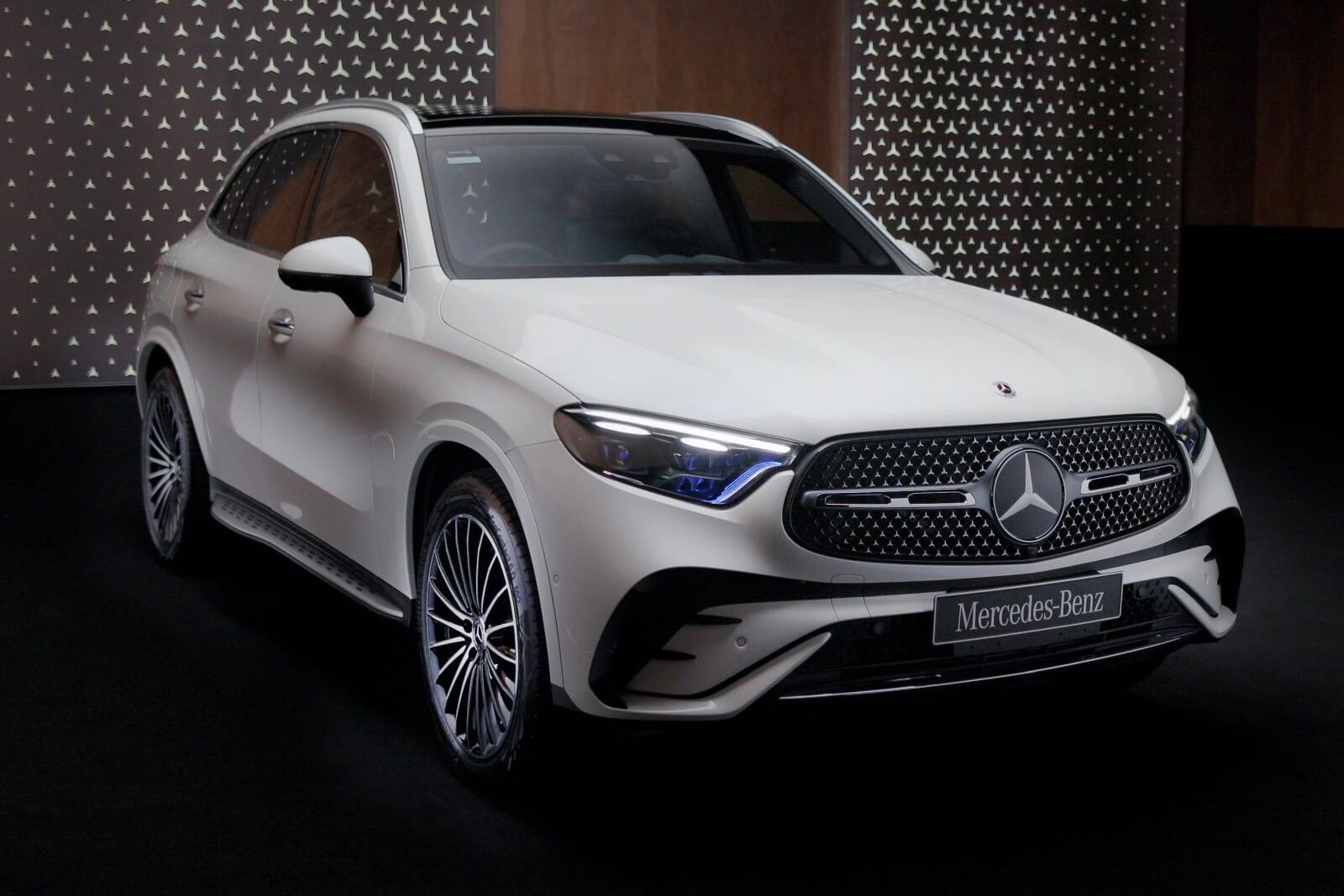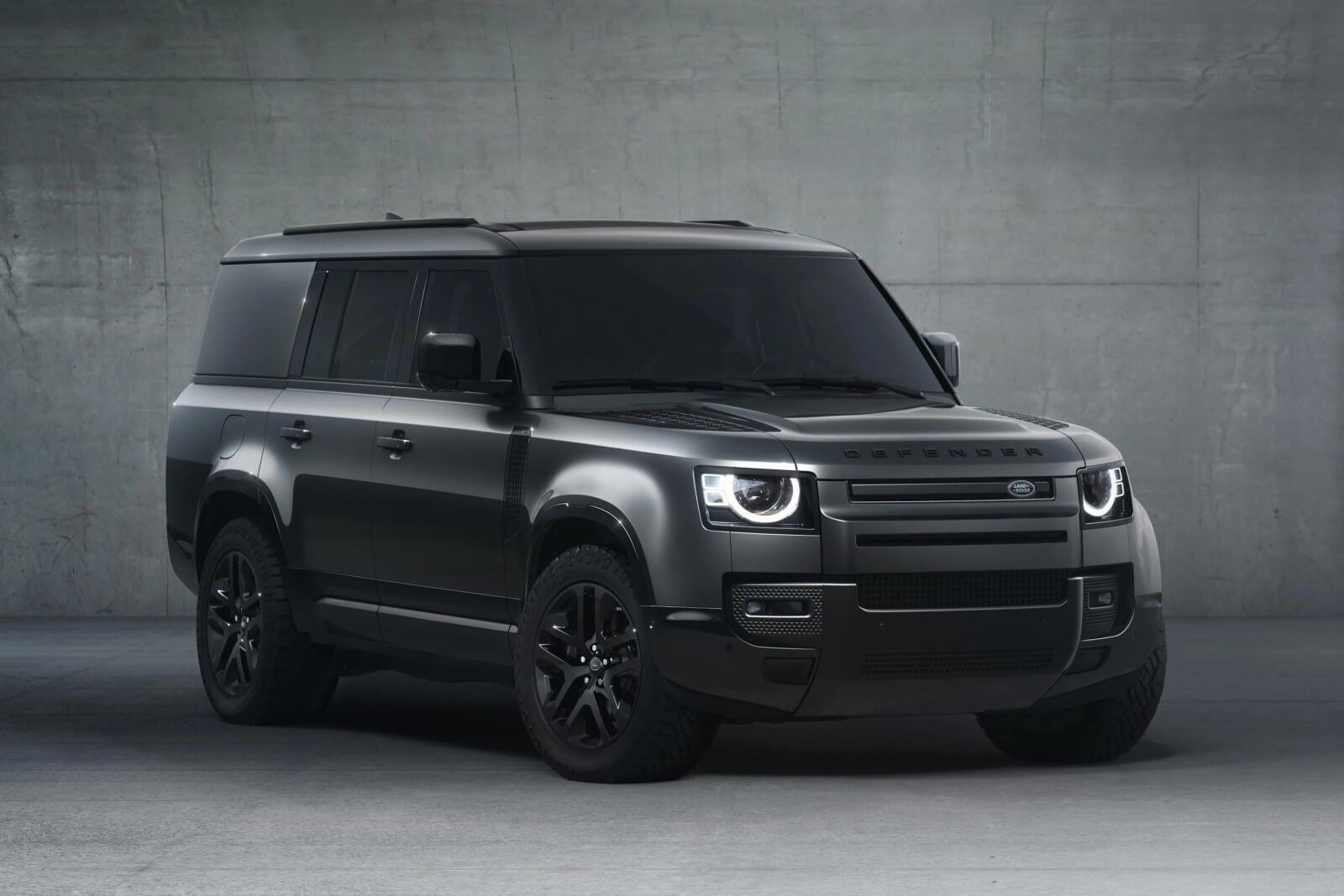Distinctive and unique, the recently unveiled Mercedes-Benz EQE electric sedan stands apart from its counterparts in the automotive world, with one exception: the EQS. However, it's important to note that the EQE should not be mistaken for an electric ver
Pros
- Classy and smooth to drive
- High-tech
- Luxurious interior
- Fast (EQE 53)
- Long battery life
- Safe
Cons
- Unique look
- Tight space in the back
- Sometimes a bumpy ride
- Expensive
- Could use air suspension
- Could use air suspension
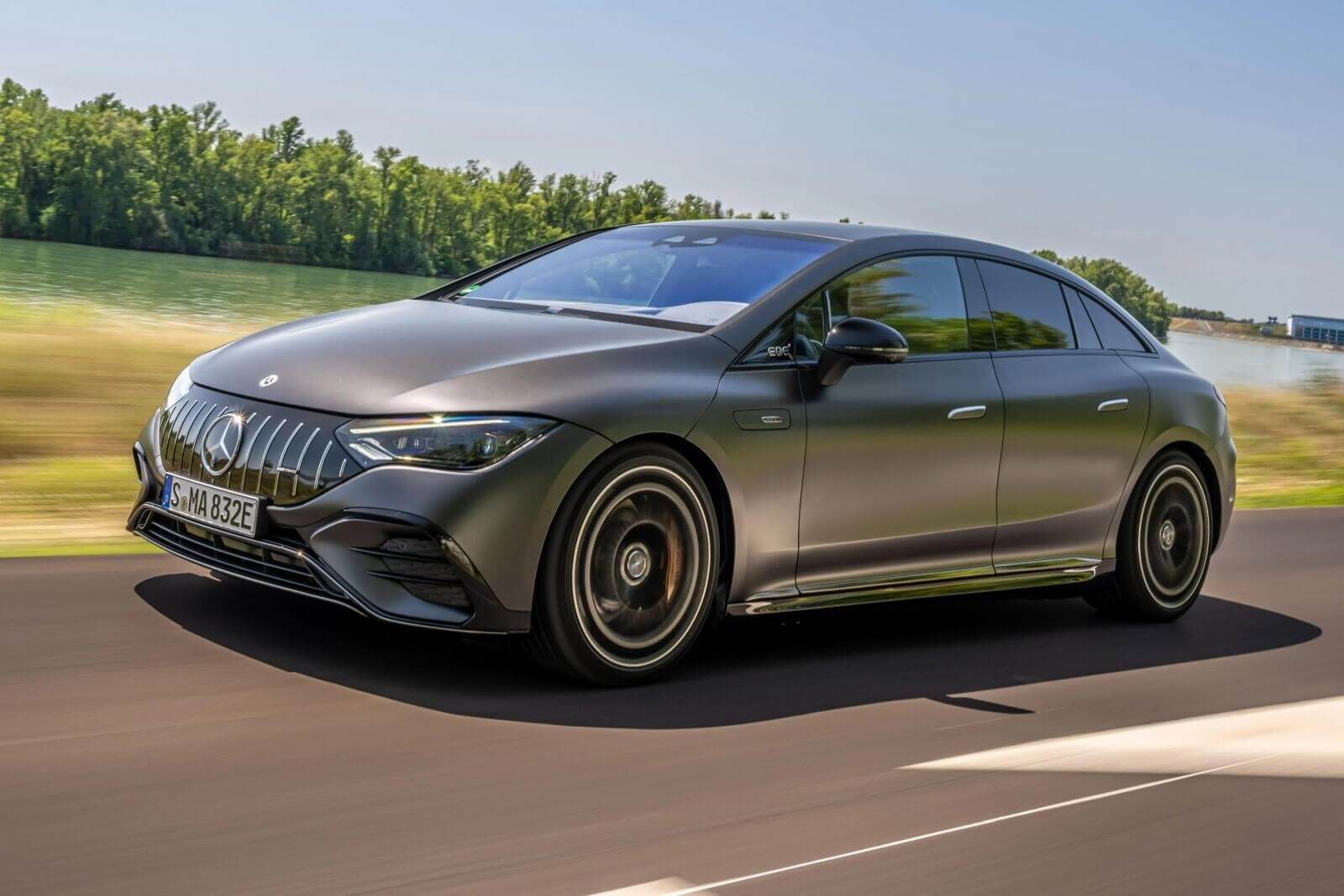
The fully electric 'EQ' lineup from Mercedes-Benz has swiftly filled the showroom, with the latest addition being the EQE sedan. In simple terms, the EQE is the electric equivalent to the E-Class.
Given the rapid launch of numerous Mercedes-Benz EVs, it's easy for a model to get overlooked. But the EQE stands out and deserves attention.
The larger EQS sedan garnered attention as the most aerodynamic production car in history (0.20 Cd), but the hefty price tag of around $340,000 for the only AMG 53 variant available in Australia might be a deterrent for some.
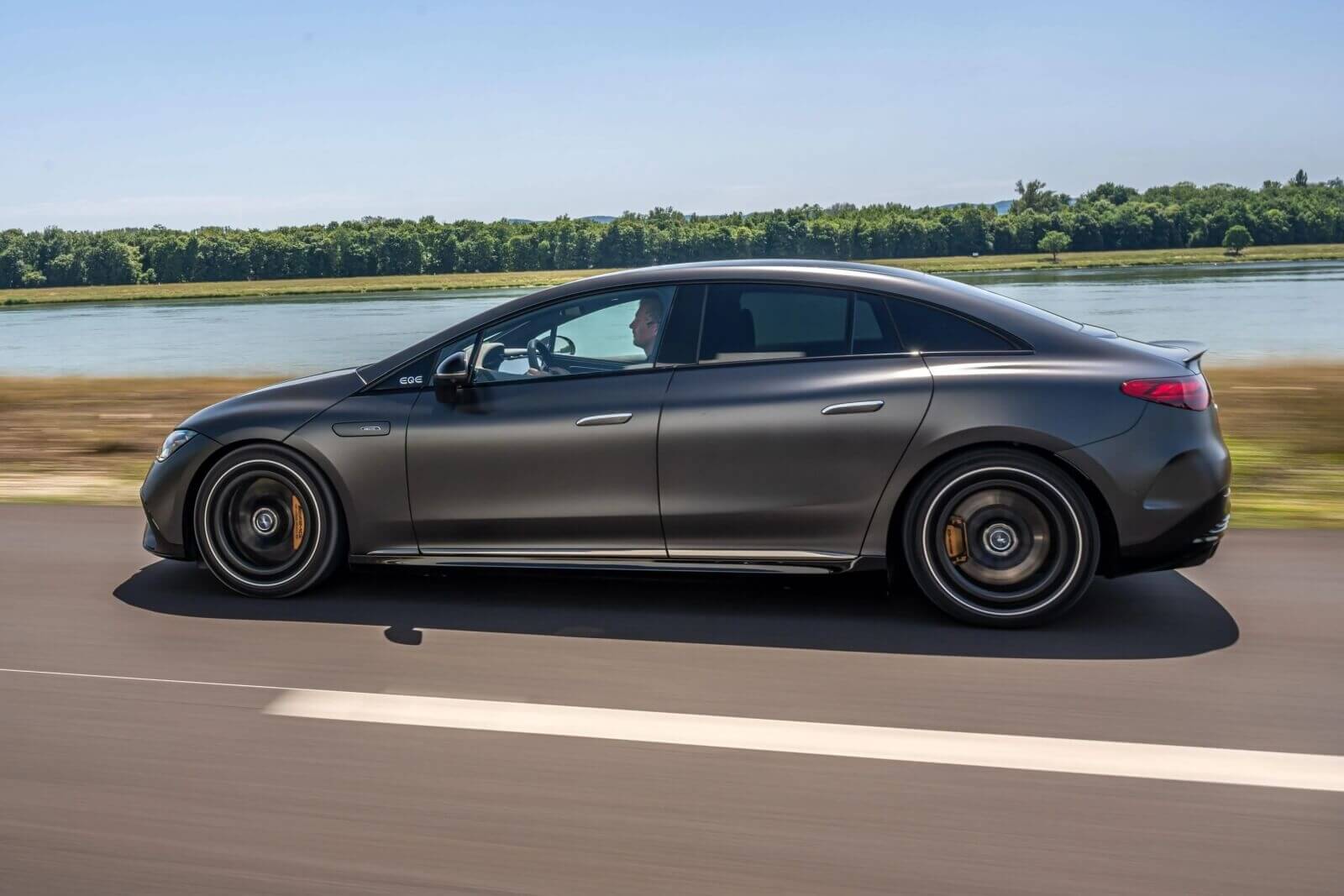
The EQE serves as a compact alternative with dimensions similar to the Tesla Model S, but without the extravagant price tag associated with the EQS.
The starting price for the EQE 300 is $134,900; the EQE 350 is priced at $154,900 and the super-fast AMG EQE 53 is priced at $214,900, all excluding on-road costs. The EV range (WLTP) is commendable: 508km, 462km, and 435km respectively.
We had the opportunity to test all three variants during a rainy launch in Victoria, providing us with a decent first look at the EQE. However, a more extended test is needed for a comprehensive review.
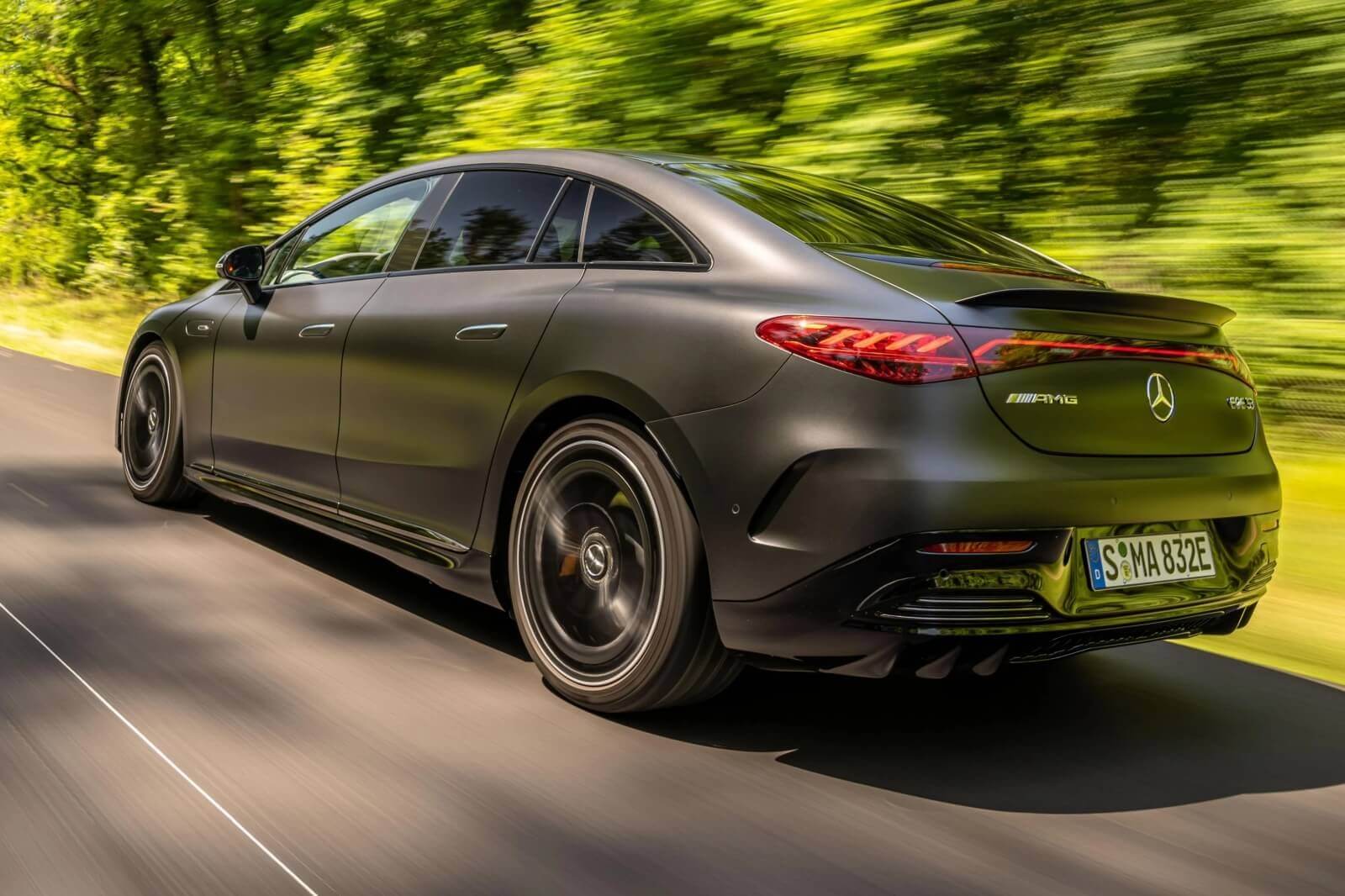
The EQE is the second model, following the EQS, built on Mercedes-Benz's EVA2 electric platform, which allows for design and packaging without having to consider a combustion engine.
Compared to the E-Class, the EQE is 23mm longer, 54mm wider, and has a 181mm longer wheelbase. The interior length has also increased by 80mm.
In person, the EQE has a polarising design. It seems that aerodynamic considerations have taken precedence over aesthetic ones.
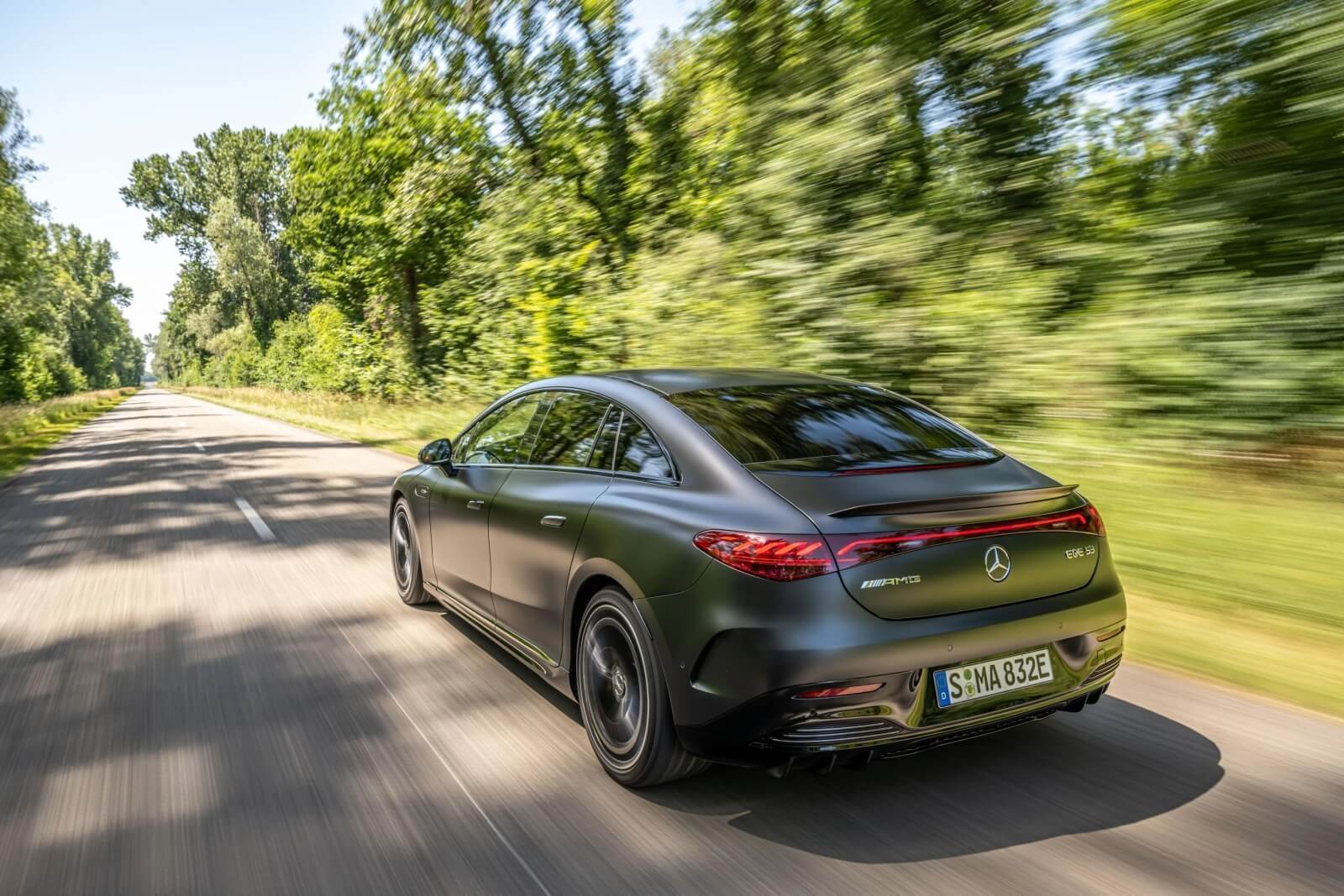
However, this aerodynamic focus does have its benefits in terms of range, with the EQE boasting a fantastic drag coefficient of just 0.22 Cd. Its short overhangs, "one-bow" line profile and large wheelbase might not be to everyone's taste, though.
The EQE 300 and 350 feature a rather bland black panel "radiator grille", but the AMG 53 variant introduces chrome vertical struts for an added visual appeal.
The EQE features stylish flush door handles, but there's a peculiar shut line leading from the A-pillar as part of a sealed bonnet. An externally placed flap for the windshield washer doesn't enhance the look.
On a brighter note, the LED headlights incorporate micro mirrors that generate 2.6 million illuminated pixels, creating a dramatic display of light. The rear of the car showcases 3D helix design LED lights, a light band that stretches across the boot, and a small rear spoiler for a dash of flair.
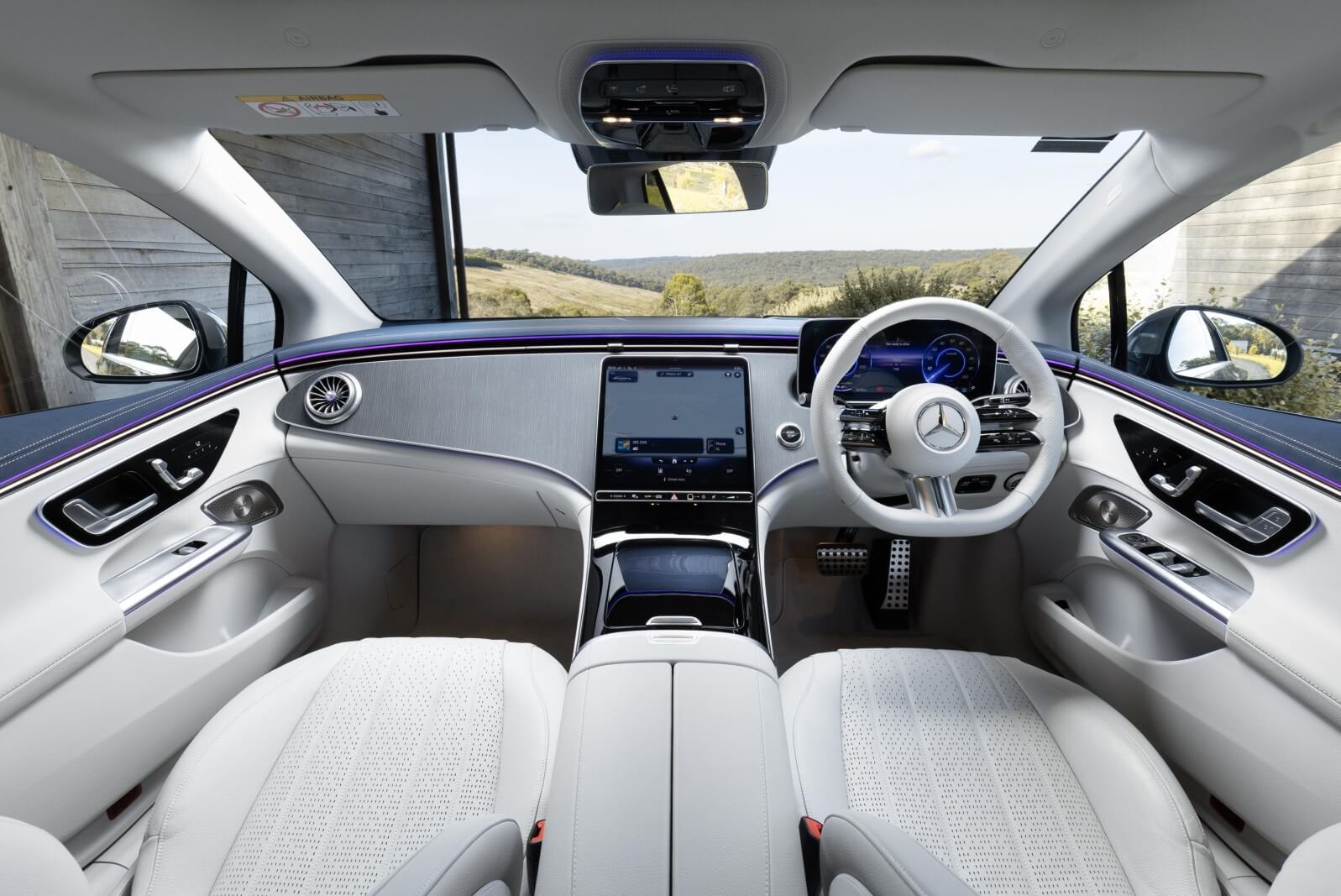
What are the prices for the Mercedes-Benz EQE range?
2023 Mercedes-Benz EQE pricing:
2023 Mercedes-Benz EQE 300: $134,900
2023 Mercedes-Benz EQE 350 4Matic: $154,900
2023 Mercedes-AMG EQE 53 4Matic+: $214,900
Prices exclude on-road costs
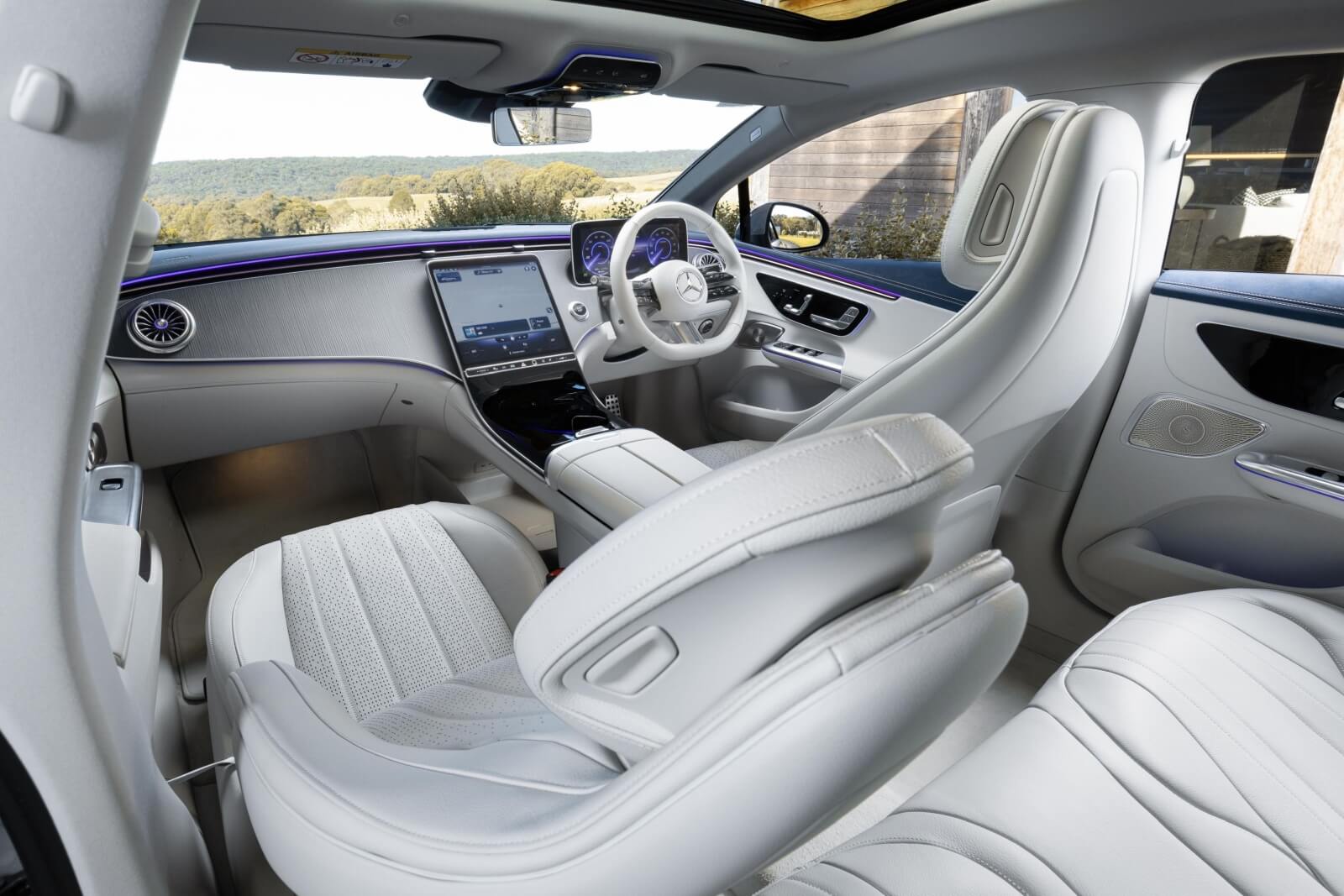
What’s under the bonnet?
The EQE 300 is equipped with a single electric motor located at the rear, delivering 180kW of power and 550Nm of torque. This setup allows the car to accelerate from 0 to 100km/h in 7.3 seconds, powered by an 89kWh lithium-ion battery.
The EQE 350 steps things up a notch by including a second electric motor upfront, facilitating a dual-motor all-wheel-drive configuration. This enhancement results in increased performance metrics, with 215kW and 765Nm available, and the 0 to 100km/h sprint taking a swift 6.3 seconds. The EQE 350 uses a slightly larger 90.5kWh battery.
Mercedes-Benz lists the EQE 300's WLTP range and energy consumption at 508km and 20.1kWh/100km respectively. For the EQE 350, these figures stand at 462km and 22.5kWh/100km. These numbers are impressive for a large, weighty sedan, though they still fall slightly short of the Tesla Model S, even though the American vehicle is showing its age. The Model S exhibits an energy consumption of between 19 and 19.3kWh/100km and a range of 600-634km. However, the Tesla Model S is currently not available for sale in Australia.
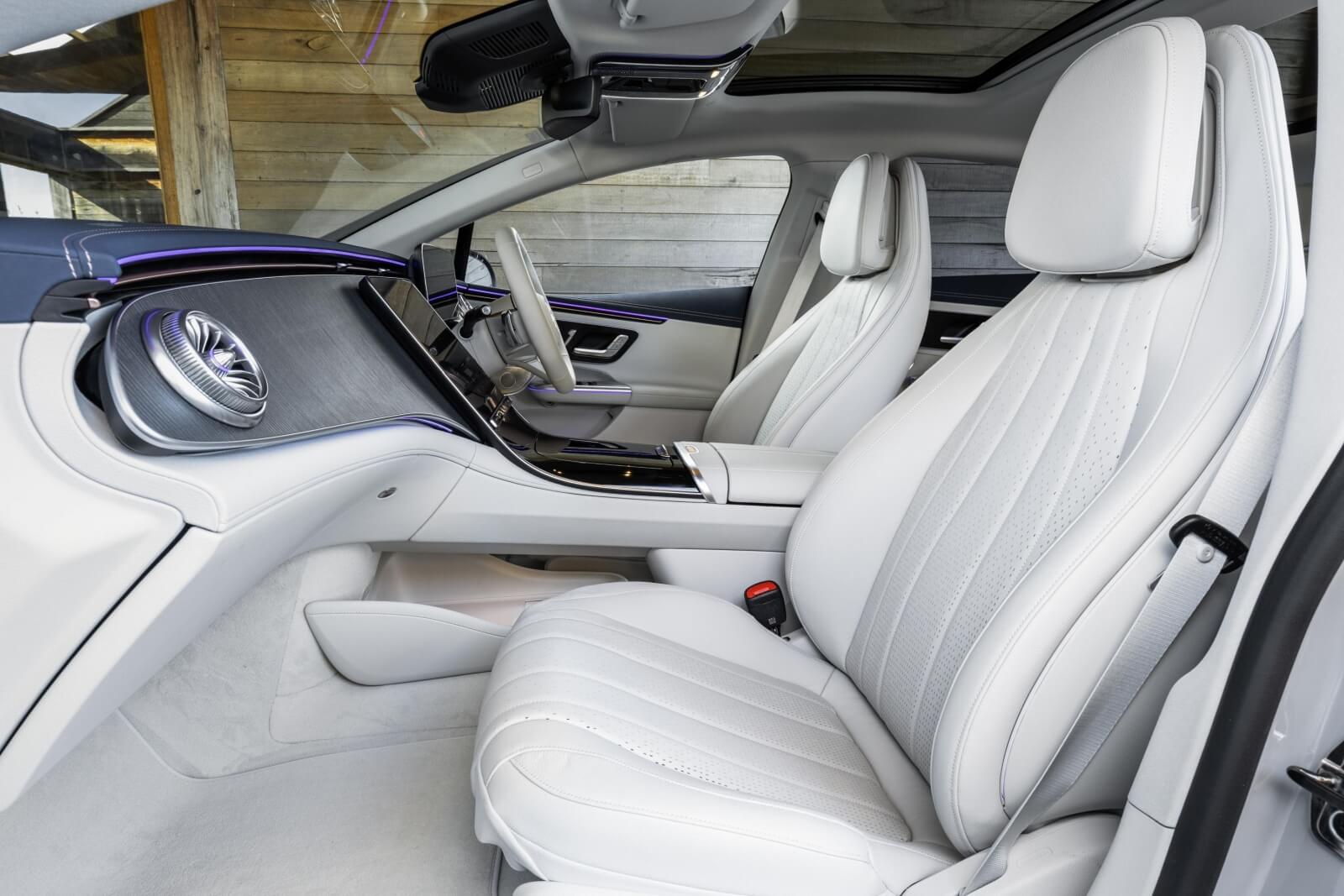
Another comparable EV is the Genesis Electrified G80. Unlike the EQE and Model S, the G80 is built on a combustion-vehicle platform. Despite this, it manages to consume only 19.1kWh/100km and deliver a range of 520km.
During test drives of the EQE 300 and EQE 350 through the picturesque hills east of Melbourne and on freeways, the EQE 300 recorded an overall energy consumption of 22.2kWh/100km and the EQE 350 of 21.1kWh/100km.
The EQE is capable of charging at up to 170kW with a DC charger, and 11kW with an AC charger. Optionally, 22kW AC charging capability is available.
Mercedes-Benz assures that the battery can be either fully recycled by Ecobatt or remanufactured by Mercedes-Benz Energy, reflecting their commitment to sustainability.
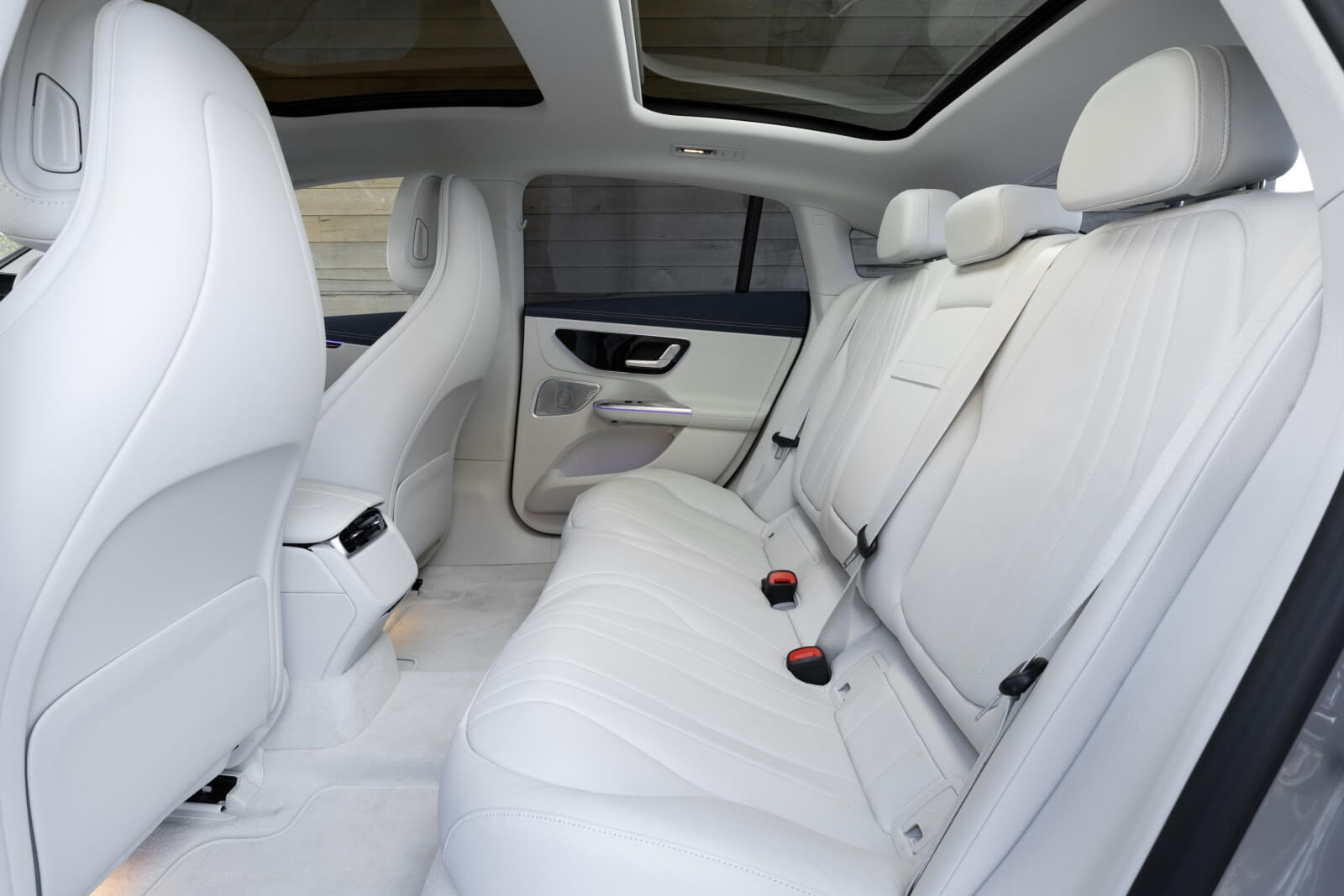
How does the Mercedes-Benz EQE drive?
Driving the EQE models gives a typical 'Mercedes-Benz' feel. Both the EQE 300 and 350 offer a refined, smooth electric ride with a quiet, comfortable interior and quick power delivery, although neither can be described as truly fast. The EQE 53, on the other hand, can sprint from 0 to 100km/h in just 3.5 seconds, making it incredibly quick - almost supercar-like.
For those looking for even more power, the AMG Dynamic Plus package is available for an additional $7400. It offers (under specific temperature and remaining range conditions) 505kW and 1000Nm, which brings down the 0 to 100km/h sprint to 3.3 seconds using Race Start launch control.
However, the majority of buyers will likely opt for the EQE 300 and EQE 350 models. The single-motor 300 isn't particularly fast, but like all electric vehicles, it offers instant torque for a quick punch. The EQE 350, with its dual-motor setup, feels quicker than the 300, but not $20,000 quicker. It seems hard to justify the extra expenditure unless you require all-wheel-drive.
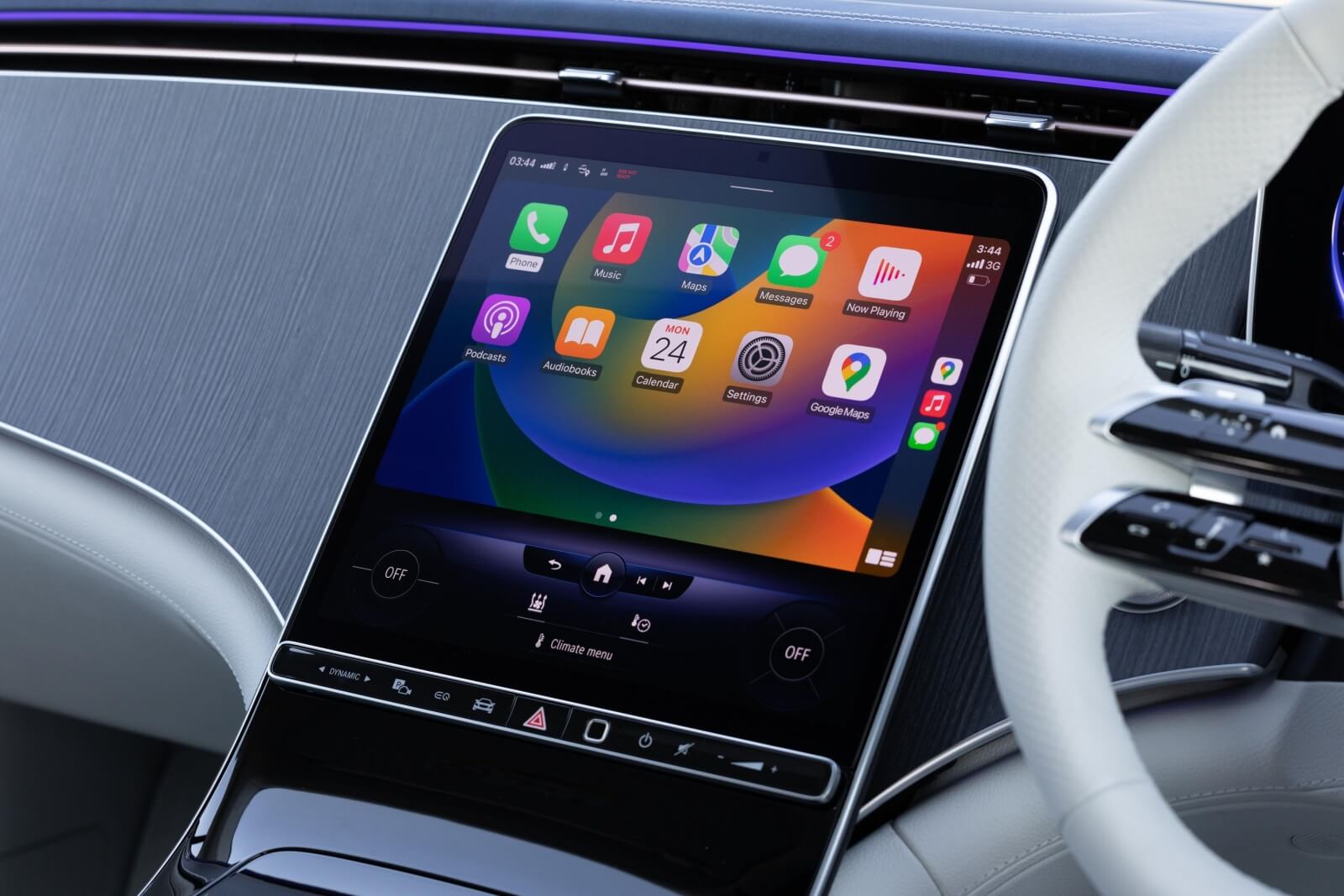
Instead of spending more on the EQE 350, you could consider the $3800 optional air suspension, which is standard on the EQE 53. This Airmatic suspension can lower the car by up to 15mm and provides a better ride quality than the standard steel coil suspension found in the 300 and 350.
Even though the EQE 300 and 350 models are fairly heavy, weighing around 2400kg, they demonstrate good balance, minimal body roll, and a decent eagerness to change direction. The overall driving experience isn't thrilling, but it's reliable and enjoyable due to the car's low center of gravity.
The EQE 53, on the other hand, was a surprise. Despite its performance-oriented build, it offered a more comfortable ride than its siblings. Even on wet roads, the EQE 53 displayed excellent grip and handling characteristics, making it a pleasure to drive.
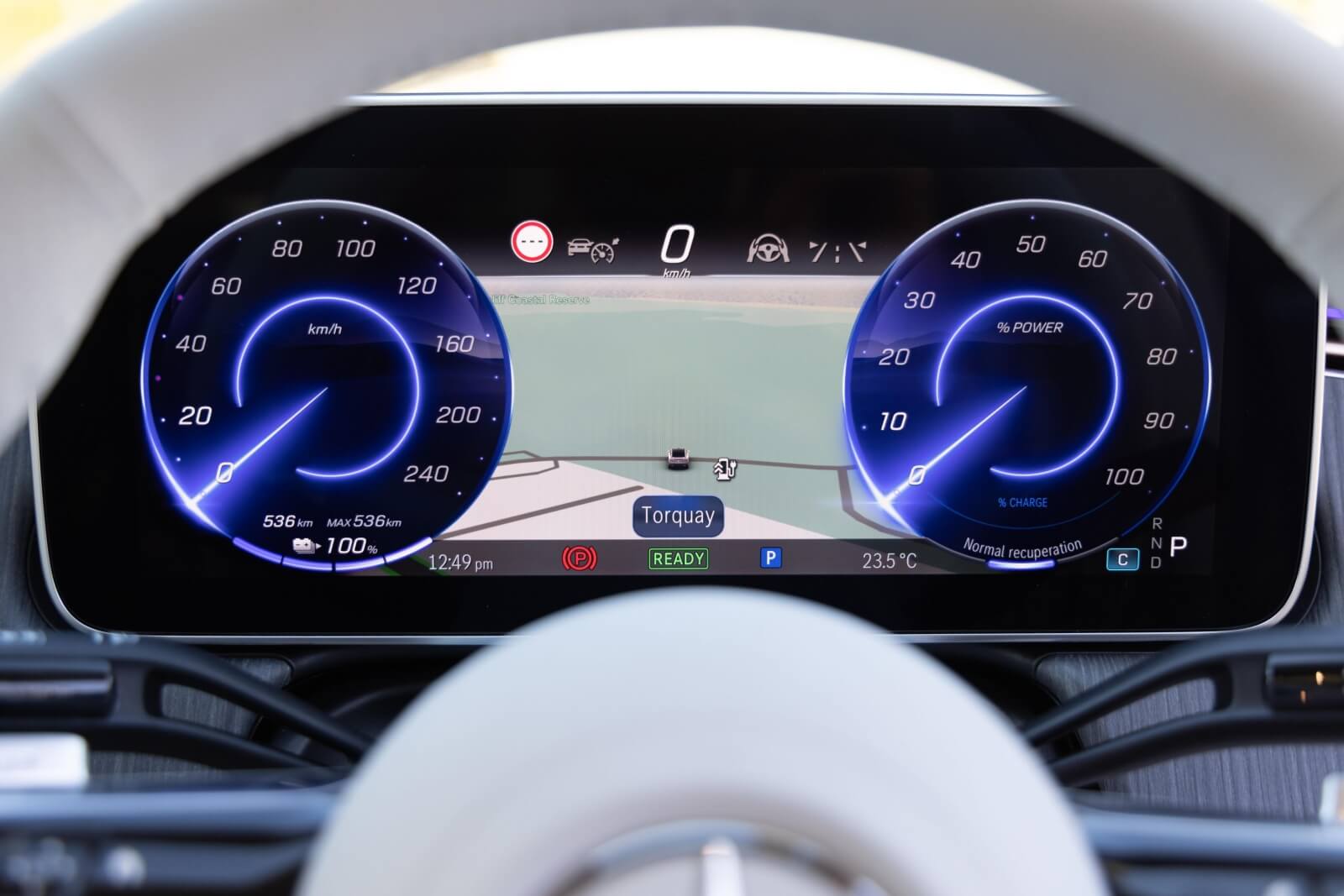
All EQE models offer a range of simulated electronic noises to choose from, which can enhance the driving experience, particularly in the sportier EQE 53.
As for the regenerative braking in the EQEs, it isn't overly harsh but can disrupt the smoothness of the drive. It's better to turn it off when on the open road and use it to maximum effect in town. The transition between regen and human-led braking can feel unnatural, providing further reason to switch off energy regeneration at times.
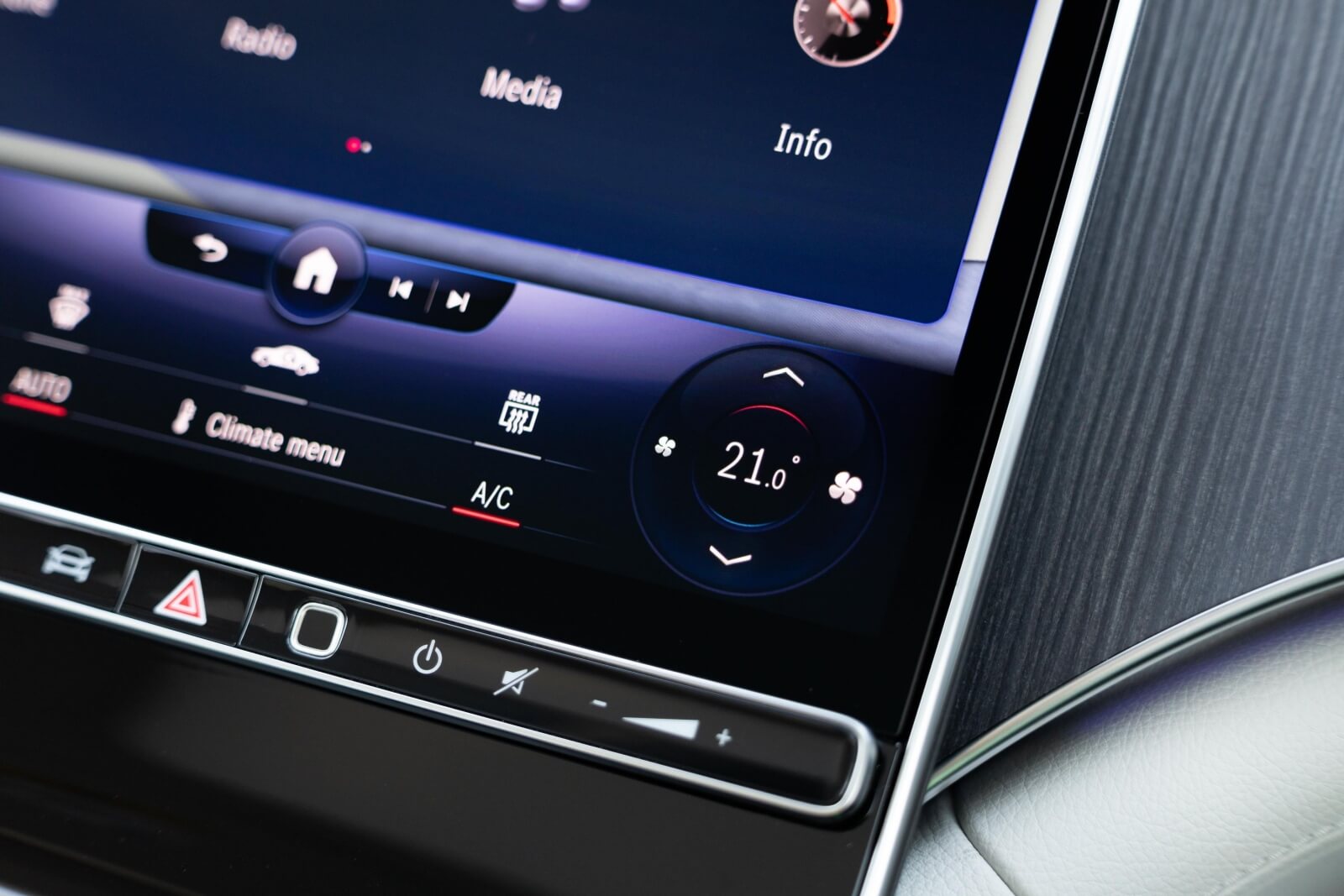
What is the Mercedes-Benz EQE like on the inside?
Despite being an electric counterpart to the E-Class, the EQE does not offer the same spacious accommodation in the rear cabin. Despite having a longer and wider body with a longer wheelbase than the E-Class, the EQE's interior space is compromised due to the placement of the battery and Mercedes-Benz's push for maximum efficiency and aerodynamics.
Even though the EQE comes with a panoramic glass roof, taller passengers might find their heads brushing against the roof. Toe room is also somewhat limited, though legroom and knee room are generous. Unlike traditional combustion cars, the EQE lacks a driveline hump, offering a flat floor instead.
The EQE's cabin is flashy, but familiar to existing Mercedes-Benz owners, with a familiar MBUX infotainment system interface, digital instrument cluster layout, and a similar steering wheel design. There are quality materials used throughout the interior, with some interesting trim elements, although there are some areas where hard plastic is used.
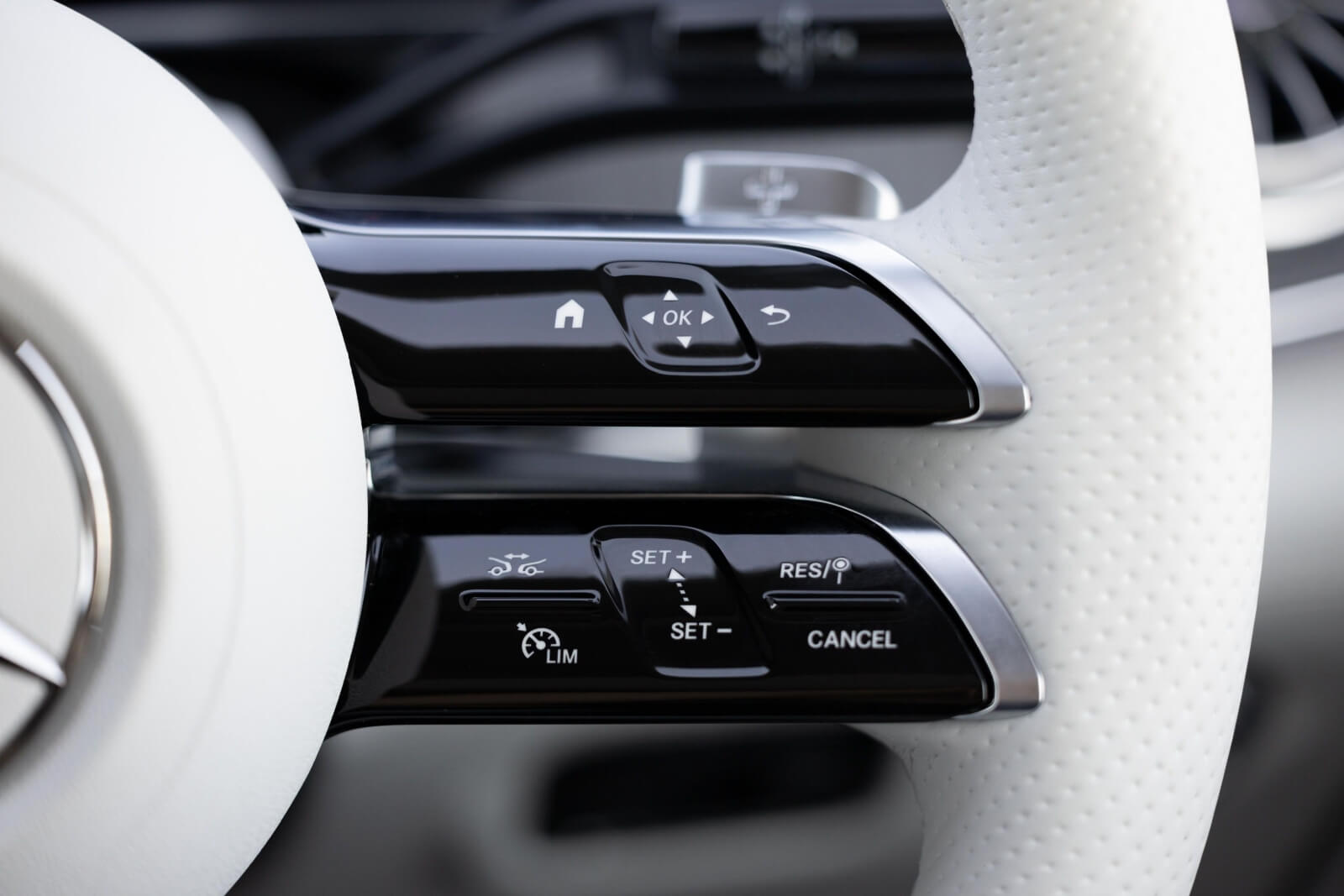
One aspect of the EQE that might prove to be impractical is the choice of interior colors. For instance, white (referred to as Neva Grey by Mercedes-Benz) seats, doors, and carpets, though striking in appearance, are likely to get dirty quickly.
In terms of storage, the EQE offers several USB-C outlets, a spacious storage compartment under the center console, and a deep center console bin. The standard 12.8-inch screen is large, with clean and crisp graphics and a fairly intuitive menu structure. However, the voice assistant was not always accurate in understanding commands.
The seats in the EQE are comfortable, but lack ventilation unless you opt for the AMG model. There's also a "kinetic" function that slightly moves the seat occasionally. The boot offers 430L of space, which can be expanded by folding the rear seats. Unlike Tesla, however, there's no front storage cavity in the EQE; the bonnet is sealed.
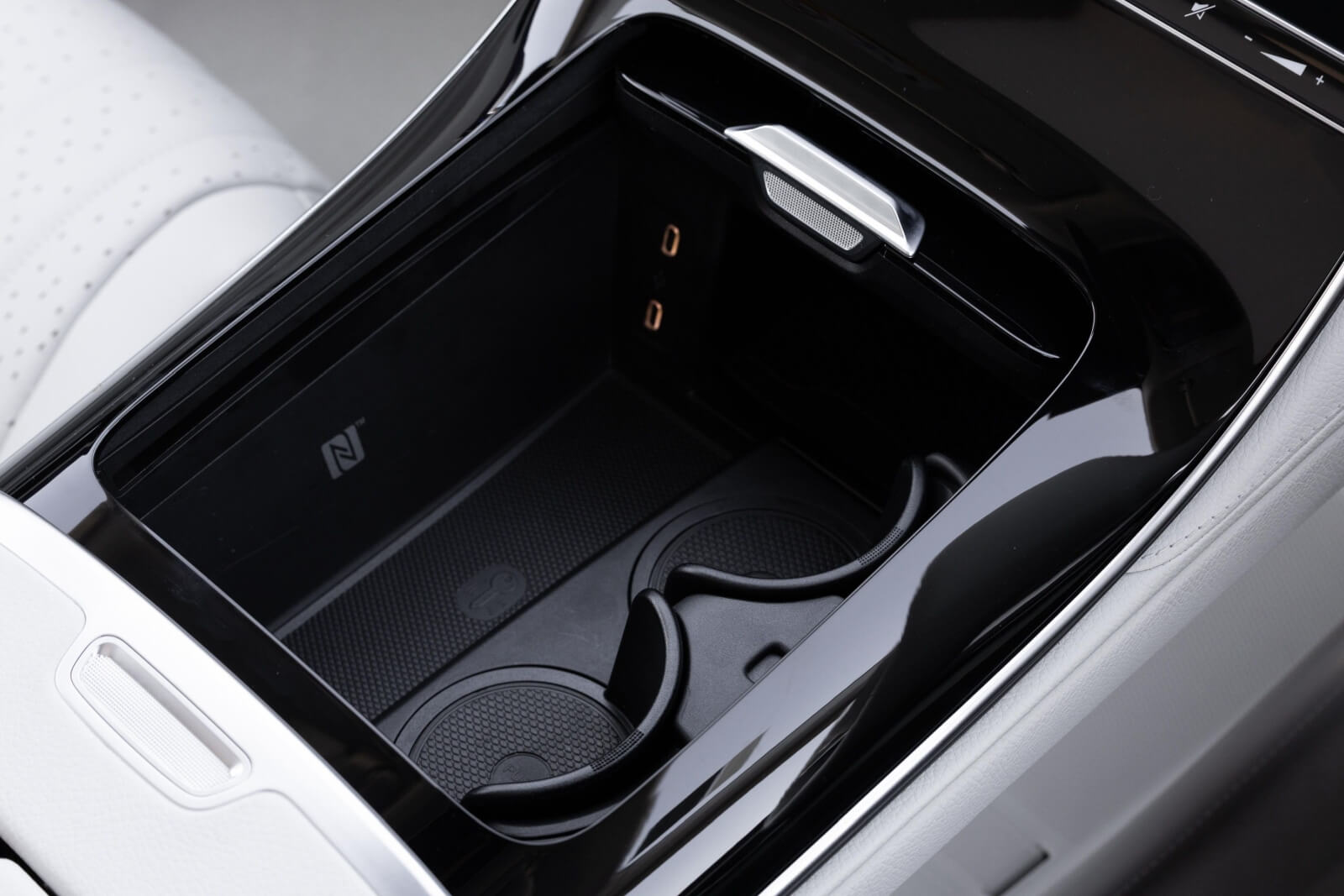
Is the Mercedes-Benz EQE safe?
The Mercedes-Benz EQE has a high safety rating, earning a maximum of 5 stars from Euro NCAP in its 2022 test, which is expected to translate into a 5-star rating from Australia's ANCAP as well. The EQE scored impressively across all categories: 95 percent for adult occupant safety, 91 percent for child occupant safety, 83 percent for pedestrian protection, and 80 percent for safety assist.
In terms of safety features, the EQE comes with a comprehensive suite of inclusions. There are a total of 10 airbags, and the Driving Assistance Package Plus includes:
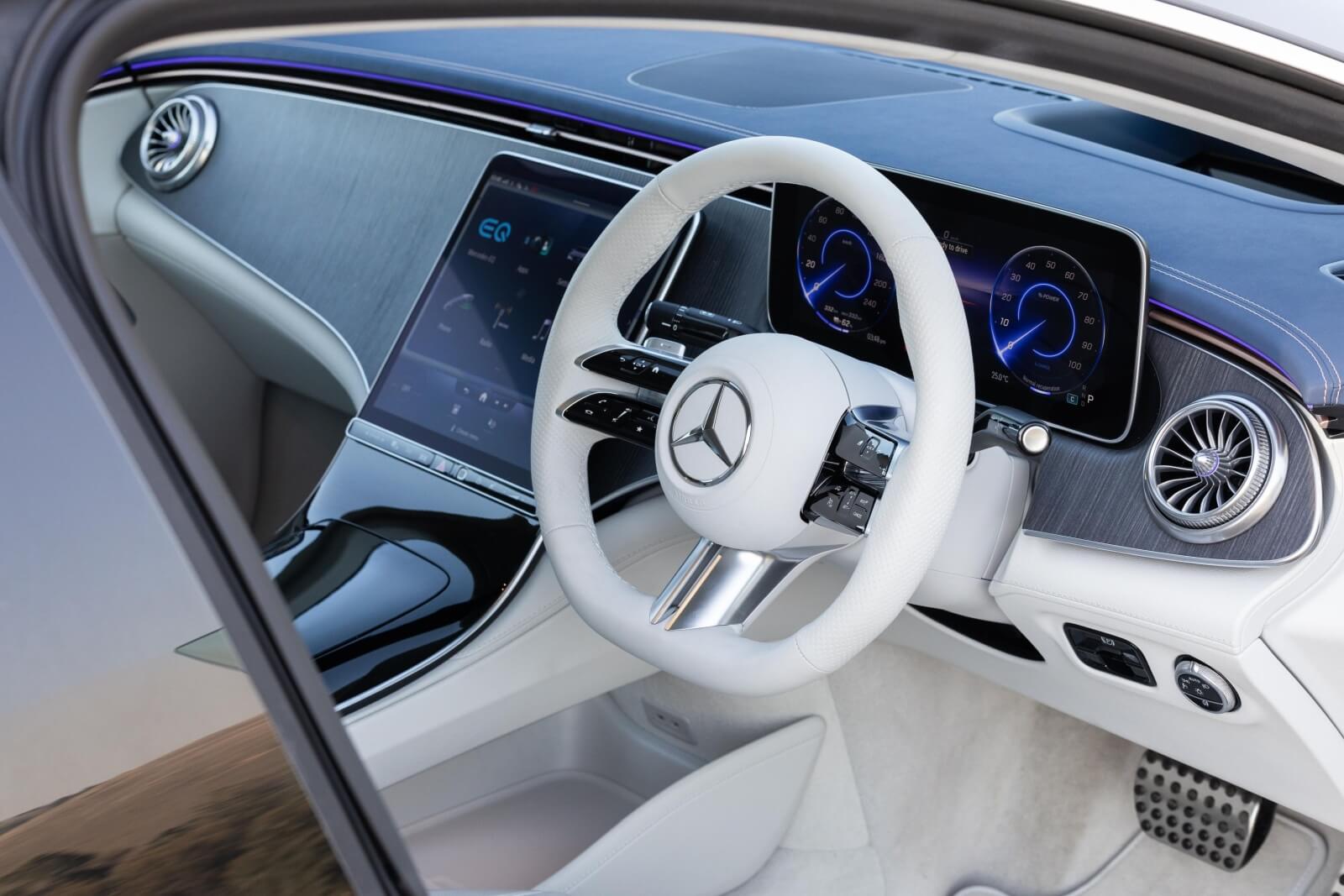
Key inclusions are:
Active Distance Assist Distronic
Active Brake Assist with cross-traffic function
Active lane change assist
Active blind spot assist
Active lane keeping assist
Evasive steering assist
Route based speed adaption
Pre-Safe Plus prepare the vehicle and occupants when an imminent collision is detected.
360-degree parking camera
Active Parking Assist
Traffic Sign Assist
Overall, the EQE offers a wide range of advanced safety features, demonstrating Mercedes-Benz's commitment to vehicle and passenger safety.
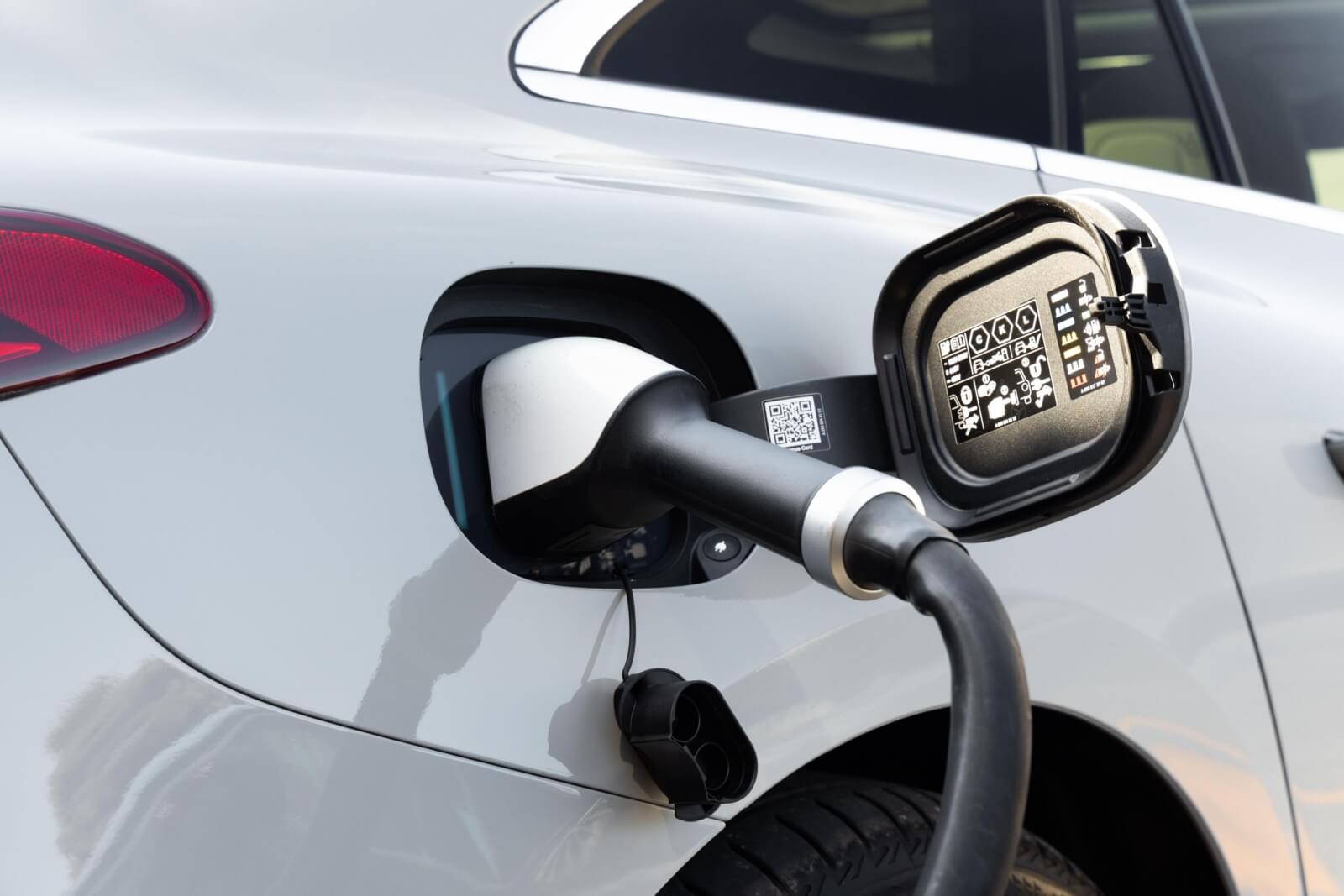
How much does the Mercedes-Benz EQE cost to run?
The Mercedes-Benz EQE is supported by a five-year, unlimited-kilometre warranty, with an additional warranty specifically for the high-voltage battery that extends for 10 years or 250,000km, whichever is reached first.
Maintenance for the EQE is required every 12 months or after every 15,000km, depending on which occurs first. Mercedes-Benz offers the convenience of pre-paid servicing plans that cover three, four, or five years. The costs for these plans are $1700, $2500, and $2950 respectively.

It's interesting to note that these servicing costs are significantly less expensive than those for the Mercedes-Benz E-Class sedan, with a savings of $1200 for the three-year plan, $1400 for the four-year plan, and $2800 for the five-year plan.
However, it's worth mentioning that competitor Genesis offers an even more appealing servicing package, with five years of free servicing and a complimentary concierge service for customers living within a 70km radius of the Brisbane, Melbourne, or Sydney central business districts. This strong competition in the EV market means that buyers have a good range of options to choose from when it comes to post-purchase support and maintenance.
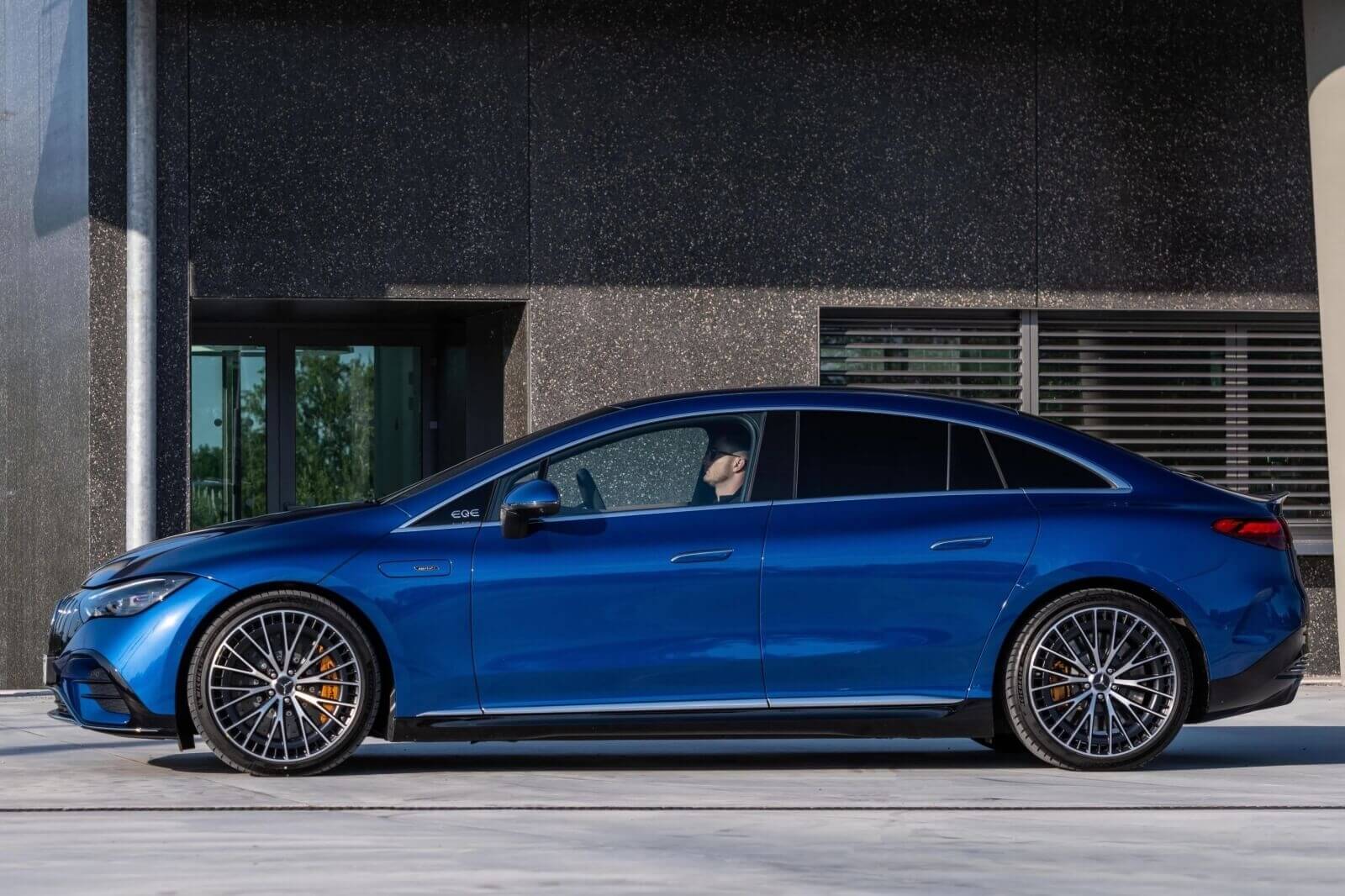
Yeecar’s Take on the Mercedes-Benz EQE
The Mercedes-Benz EQE range certainly brings impressive features to the table. The standout elements include its high-tech, luxurious cabin, and the substantial, premium-feeling specifications available on all models. However, it's important to note that these are priced accordingly and the absence of a cheaper entry-level model may exclude potential buyers.
The driving experience remains consistent with Mercedes-Benz's standards for elegance and refinement. However, some issues with ride quality suggest that opting for the optional air suspension could be a beneficial choice for those considering the EQE 300 or EQE 350 models.
While the EQE 350 does offer improved performance over the EQE 300, the $20,000 price increase might not seem justified for some buyers, particularly given that significant performance boost comes with the EQE 53 model. The EQE 53 offers formidable acceleration, yet it doesn't provide the same kind of raw thrill that petrol-powered AMG models do.
As the Mercedes-Benz EQ range continues to expand, the EQE sedan is expected to be outshone in terms of sales by the upcoming EQE SUV model, slated to arrive later this year. The EQE is an impressive electric vehicle that upholds Mercedes-Benz's reputation for luxury and performance, but its appeal might be limited due to its higher price point and the upcoming competition within its own range.
